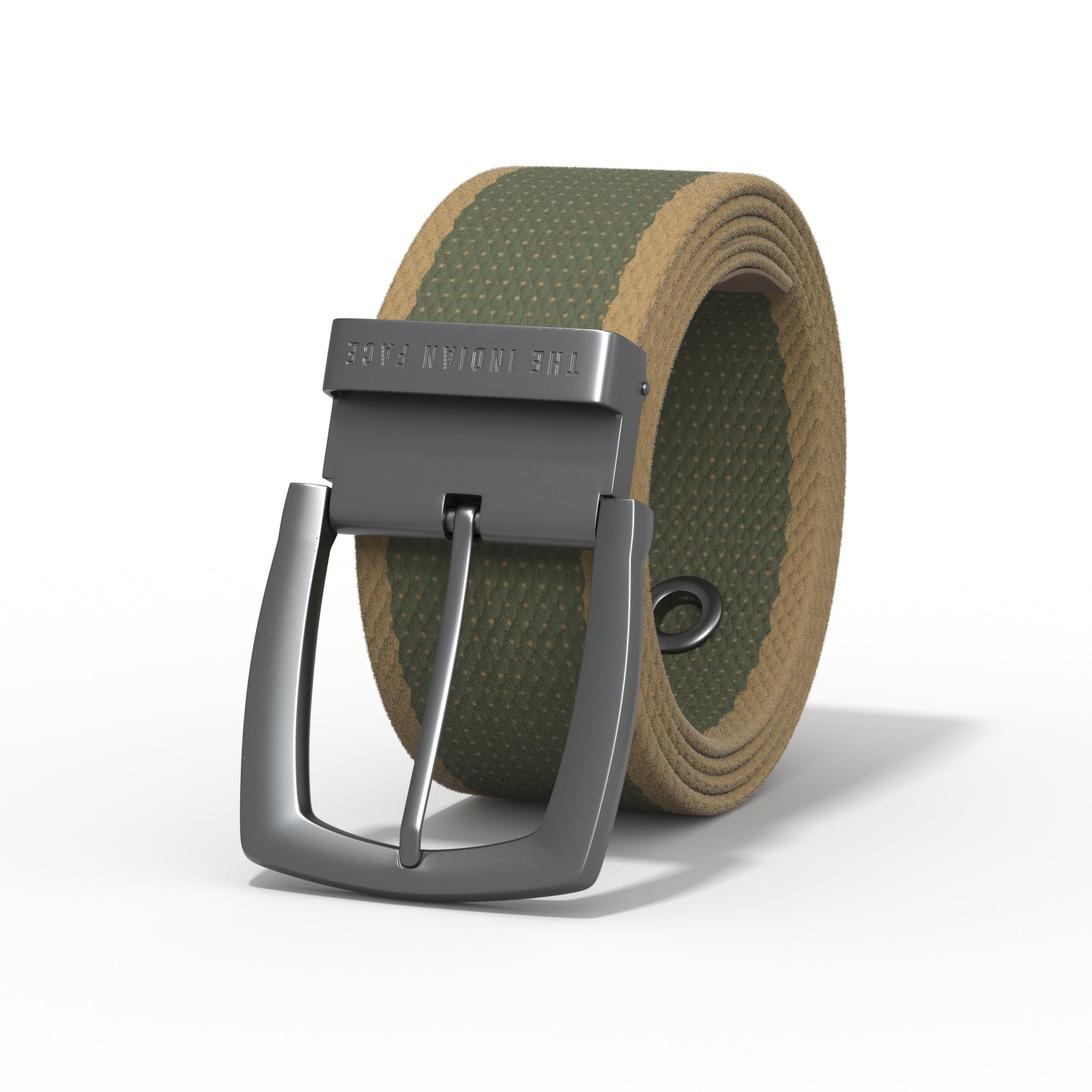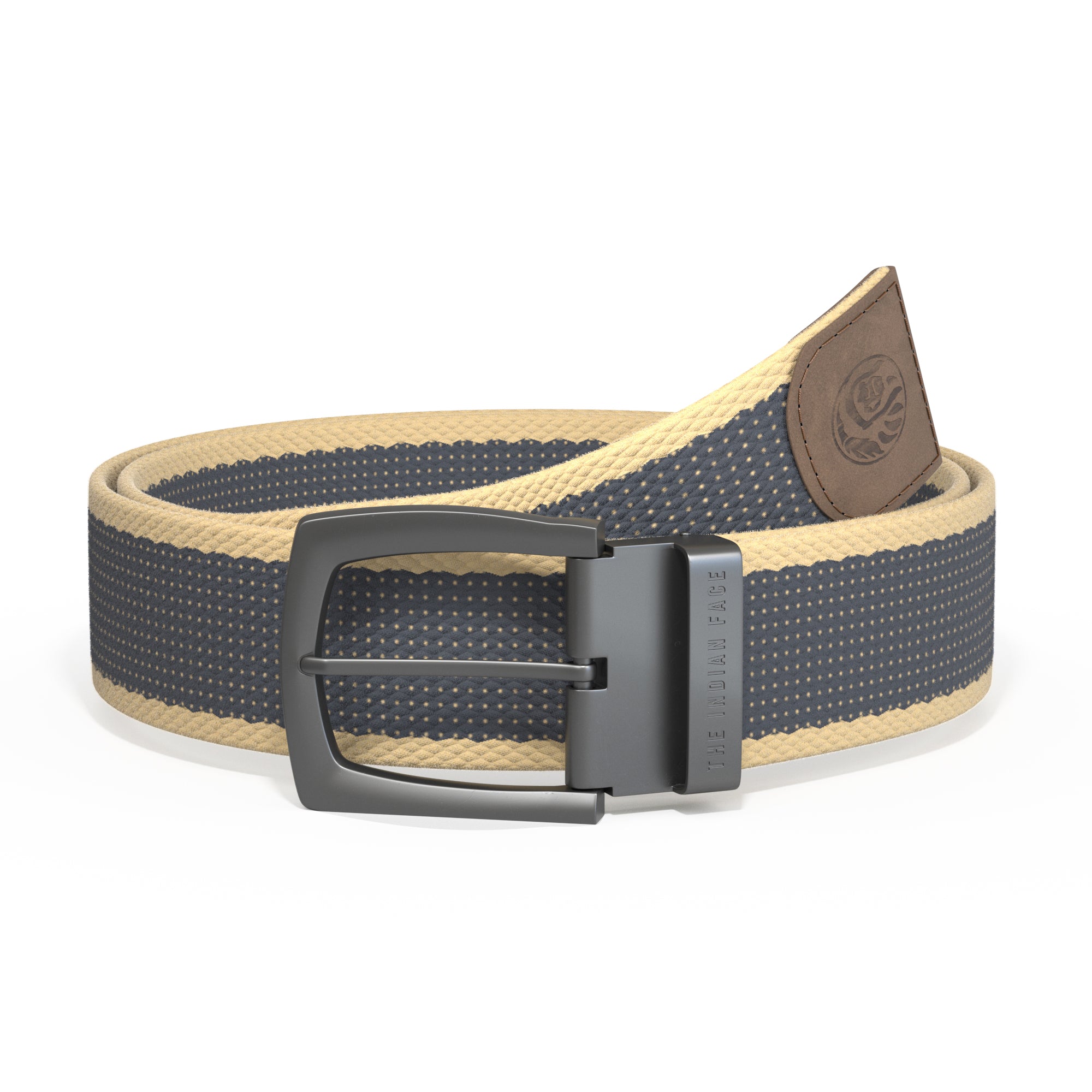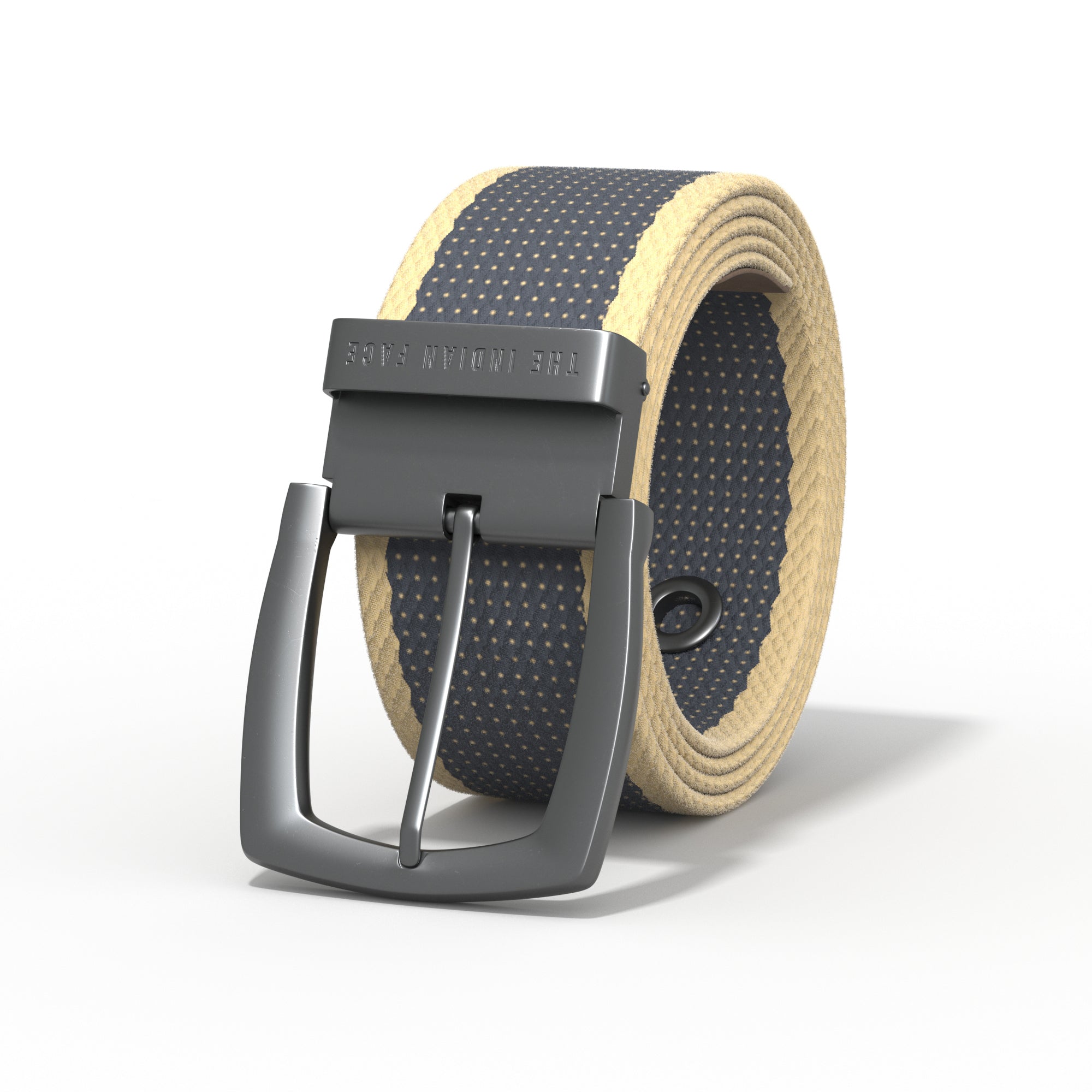Starting to run from scratch is always a great challenge and a difficult decision. You are probably wondering things like... How do I start running? Can I do it? Do I have to do it?
Going for a run is also great because it helps your breathing and cardiovascular system a lot, but we'll talk about that later... The benefits of running are so many! If you're interested in learning more about this physical activity and finding out how starting to run can be incredibly easy and beneficial for you, then keep reading and discover new ideas, tricks and workouts that will make you want to go out for a run tomorrow.
How to start running?
To get started in the sport of running or simply go for a run, you don't need much more than a decent pair of running shoes, sports clothing suitable for the weather, hydration, a minimum warm-up plan before running, a stretching plan after running, and lots and lots of desire to have fun.
Normally, if you plan a good running training routine, you don't need any previous experience, or to spend a lot of money, or to be in a specific physical condition. In fact, one of the many benefits of running is precisely that it helps you improve your current physical condition and, if you stay consistent, it can help you maintain it for many more years and motivate you to start other sports that you also like.

Ideally, the first thing you should do is come up with a plan of at least 8 weeks in which you train about three times a week for 20-40 minutes a day, including warm-ups before running and stretching after running. Remember that if you are going to go out for a run during the day instead of using the gym treadmill, the recommendation is to bring sports sunglasses You can also use running shoes that protect your eyes from the sun's rays, especially during rush hour. Another thing you can add to your routine is music for running, which can help keep you entertained while you exercise. But beyond that, if you are educating yourself on how to start running and learning how to run, then you don't need to go crazy looking for overly special equipment just yet. As you become more passionate about running and progress in the sport, you can invest in more and better special equipment for running.
The training plan you propose to start running should be based on time intervals to build resistance in your body and then run consistently for as long as you want, knowing how to control your breathing and maintain the pace. An excellent way to get started with intervals is to apply the so-called "THIEF”, which is a training technique for running that consists of alternating between walking and running repeatedly for an estimated time. The days that you apply the “THIEF"They should be alternating, that is, one day on and one day off, so that your body can rest and recover, which is why the recommendation to start running is to do it progressively 3 times a week, one day on, one day off.On days when you are not going to go running, you can practice any other sport or workout as normal. If you're just starting out with running, you'll obviously spend more time walking than running during your sessions in the first few days and even the first few weeks. But as your body gets used to it and your fitness improves, you'll be able to maintain that steady pace you so desire, even if right now you don't think you could last five minutes at a time.
How to start running in 8 weeks?
Here we propose a plan to train your body 3 times a week if you want to go out running and last longer than you can now!
- WEEK 1. Perform 5 CACO sessions of 4 minutes, 1 minute running and 3 minutes walking, and so on.
- WEEK 2. Perform 6 CACO sessions of 4 and a half minutes, 1 and a half minutes running and 3 minutes walking.
- WEEK 3. Perform 5 CACO sessions of 4 minutes, 2 minutes running and 2 minutes walking.
- WEEK 4. Perform 4 CACO sessions of 5 and a half minutes, 3 minutes running and 1 minute and a half walking.
- WEEK 5. Perform 3 CACO sessions of 7 minutes, 5 minutes running and 2 minutes walking.
- WEEK 6. Perform 3 CACO sessions of 9 minutes, 7 minutes running, 2 minutes walking.
- WEEK 7. Perform 3 CACO sessions of 11 minutes, 10 minutes running, 1 minute walking.
- WEEK 8. Perform 2 CACO sessions of 15 minutes each. 14 minutes running and 1 minute walking.
** Remember that “CACO” is a training technique for running, which consists of alternating walking and running repeatedly for a certain amount of time.
This suggested routine is ideal for getting started in running from scratch. However, remember that every metabolism is different, so you should listen to your body, stop during sessions if necessary, hydrate well before and after training, and progressively observe how you respond to the changes in pace that we suggest. You will undoubtedly notice a great change in your physical endurance when running week by week!
It is important to warm up and stretch before starting any routine. If you agree to follow the 8-week plan we propose, don't forget that you should warm up before each session and stretch after each session. The warm-up should last about 4-5 minutes and the final stretch 5-6 minutes. How to do it? We explain it here. Keep reading!

WARM UP BEFORE RUNNING
Warming up before running should also be gradual. The trick is to go from less to more so as not to strain the body. The idea is to start your running routine on the right foot, stretching the joints and fibers correctly, and warming up the muscles to avoid stiffness and to undo pre-existing knots.
Stretching daily helps prevent injuries in general, but doing it before doing any physical activity is essential, for everything we have mentioned above and because it also helps oxygenate the blood and helps you perform better when you exercise.
Warming up before running should be dynamic, with the aim of getting the body moving before going out for a run. Ideally, 2-3 series of basic dynamic stretches for the whole body are recommended.
How to warm up before running?
Here are some basic exercises to warm up your body and muscles before running, which you can use as a reference the next time you go running. The recommendation is to do 2 to 3 sets of each for about 15-20 seconds, with each leg or arm as the case may be. Remember to perform these warm-up stretches for running in a simple way, taking care to avoid injuries.
- Facing a wall, bend one leg forward while keeping the other straight behind you. Stretch your entire body and support yourself on the surface with both arms above the height of your head.
- Place your foot on a low base and bend your leg while keeping the other leg straight. Lean your body and push forward with the bent leg.
- On the same base, stretch your leg and bring your body as far forward as you can, trying to have both hands reach the tip of your foot.
- Standing, move your ankles in circles, to one side and then to the other.
- Stretch your calf forward by standing on your toes and putting pressure on your leg.
- Perform a standing abductor warm-up by placing both hands on your hips. Now stretch your straight leg out as far as you can and return to the starting position.
- Perform an adductor warm-up by standing with both hands equally on your hips. Now stretch your straight leg back as far as you can and return to the starting position. Now, keep the same leg straight and move it forward as far as you can.
- Stretch your arms as well. Standing with your legs slightly apart, reach one arm behind your head until your hand reaches your shoulder blade. Now reach your other arm out and place that hand on the elbow of the opposite arm. Lower that hand slightly to perform the stretch.
- Stretch your back and shoulders by bringing both hands together backwards to the level of your buttocks. Then move your chest forward and shrug repeatedly, maintaining the same position.
- Don't forget to warm up and stretch your neck muscles by turning your head from side to side, looking forward, bringing your chin to your shoulder. Also by moving your head back and forth, now bringing your chin to your chest and the back of your head to your back.
**Between stretches you can jog in place for 10-15 seconds to encourage your body to warm up.
STRETCHING AFTER RUNNING
Stretching after running is very similar to the routine before running, so you can repeat the previous routine without any problems, simply add the following 3 movements that we discuss below:
- Sit with your legs in a butterfly position, bringing the soles of your feet together. Now grab the balls of your feet with both hands and try to lower your knees to the floor as far as you can. You can raise and lower your knees repeatedly, doing 2 or 3 sessions and resting for 15 seconds between each session. You can also lower your knees to the floor and hold this position for 30 seconds and then relax; the same, 2 or 3 sessions with 15 seconds of rest between each one.
- Hold the previous position and move your body forward as far as possible, trying to position your forehead over the tips of your feet, holding the position for 30 seconds. Do 2 or 3 sessions with 15 seconds of rest between each session.
- Sitting on the floor, put both legs together, stretched out in front of you. Now lean your body forward and stretch your arms out, trying to get your hands to reach the tips of your toes; reach as far as you can at the moment, for as long as you can.
** Remember that change is gradual and over time you will be able to stretch more and do each exercise better. When you finish stretching after running, relax your body and muscles. If necessary, gently massage any specific muscle that may have become tense. If necessary, go to a physiotherapist to find out which stretches after running are best for your body type and physical condition.

ADDITIONAL INFORMATION
How to run?
Running properly is of the utmost importance, so if you are wondering how to run properly before you start running, then you are already on the right track. Although running seems like something natural, it is true that not everyone knows how to run well to avoid short, medium or long-term injuries. Normally, you start running by adapting your posture without considering that it is actually the correct position. If you still do not know what the correct posture is for you to have when running, here are some tips and suggestions to achieve the correct posture when running:
- Head always held high and looking forward.
- Firm but relaxed hands without tension.
- Elbows bent at 90 degrees.
- When bending your knees, raise them slightly, but not more than 30 degrees.
- The body leaning slightly forward.
- Always keep your back straight.
- If you are going to apply pressure, it is best to always do so on your abs.
- Keep your shoulders and neck relaxed.
- When you step, land the entire sole of your foot on the ground.
- Prevents the lower back from curving.
- Make sure the impact is felt in your legs and thighs, but not on your back.
**Remember to maintain a correct posture in your daily life, even in the most mundane activities, so that it does not affect you when you go out for a run.
What are the benefits of running?
Running has many health benefits, some of which we have already mentioned above, but here is a brief list of the main benefits of running:
- Running is a good exercise because it is practical, and does not require special skills or equipment other than running shoes or clothing depending on the weather.
- Running helps strengthen the cardiovascular system.
- Running reduces the risk of disease.
- Running helps improve breathing.
- Running strengthens the musculoskeletal system, that is, the osteoarticular system that includes bones, ligaments and joints, and the muscular system, which includes muscles and tendons.
- Running generates endorphins and raises self-esteem.
- Running makes you lose weight.
- Running helps you sleep better.
- Running improves work and academic performance.
- Running speeds up the metabolism.
- Running strengthens the immune system.
When to run?
Many people have debated what time of day you can go running. Many experts believe that nutrition plays a fundamental role:
- If you run in the morning, it is recommended to do so 1 hour after breakfast.
- If you run mid-morning or at noon, it is best to do it before lunch.
- If you run in the afternoon, it is best to do it at least 2 hours after lunch.
- If you are going to run at night, it is best to do it between snack and dinner, that is, before one and after the other.
Of the options mentioned above, the most recommended time of day to run is in the morning because running is an aerobic exercise that will activate your metabolism early and give more long-lasting energy to your day. Of course, you can run at any time you want, but muscle strength exercises in particular are the most recommended to do in the afternoon or at night.
Can you run on an empty stomach?
On the other hand, many fitness enthusiasts claim that running on an empty stomach has a positive effect on weight loss, so they claim that running helps you lose more weight if you do it on an empty stomach. The theory is that going out for a run without having had breakfast, or without having eaten food for at least 8 hours, would cause the body to consume the glycogen it has left and use fat as an energy source instead.
It is true that the body will always try to compensate in times of need for its survival, but taking it to the limit is not beneficial in the medium or long term. Thus, the direct benefits of running on an empty stomach are not fully proven. In fact, running on an empty stomach can cause discomfort such as nausea and fatigue, so it is not advisable to go running on an empty stomach.
Music for running and other tricks to avoid getting bored while running
Music has become an essential part of the training routine of runners in Spain and around the world. Many studies support that the use of music when running provides multiple benefits to the body. In fact, running with music influences performance by up to 15%, according to experts in the field such as C. Karagoerghis, as well as mobility and motor skills. Incredible, right? Running with music motivates you, makes time seem to pass faster, increases your endurance, and helps you generate even more endorphins... so, if you are thinking about how to start running, one of the first things you should do is create a running music playlist that encourages you and prevents you from getting bored!
Tips to avoid getting bored when you go running
If you are new to running, you may get bored easily due to lack of practice, so here are some tips to prevent you from getting bored while running:
- Run on a treadmill if you normally run outside, or vice versa.
- Change the direction or path you usually take.
- Run accompanied.
- Run at different times.
- Vary the places you normally run.
- Enter races when you are ready to do so.
- Prepare several playlists music for running so you don't get stuck in the same running pattern all the time.
- In addition to listening to music you can listen to some podcasts or interview.
- If you want to lose weight because you have found that running helps you lose weight, then measure your results every two weeks. This will surely motivate you to continue with your routine and achieve your goals.

Running in the time of Covid
Do you already know all the measures you should take if you want to go running in times of covid? Visit our article on How to take the necessary measures to go out for a run in times of Covid, and adapt your lifestyle to the new circumstances without suffering in the attempt.
Remember that you should always consult with your trusted physiotherapist about the stretches that are most suitable for you. Each person is different, and if you are just starting out running it is important that you take care of yourself at all times. So, get ready to go out for a run and enjoy all the benefits that running brings you. Cheer up!

















































